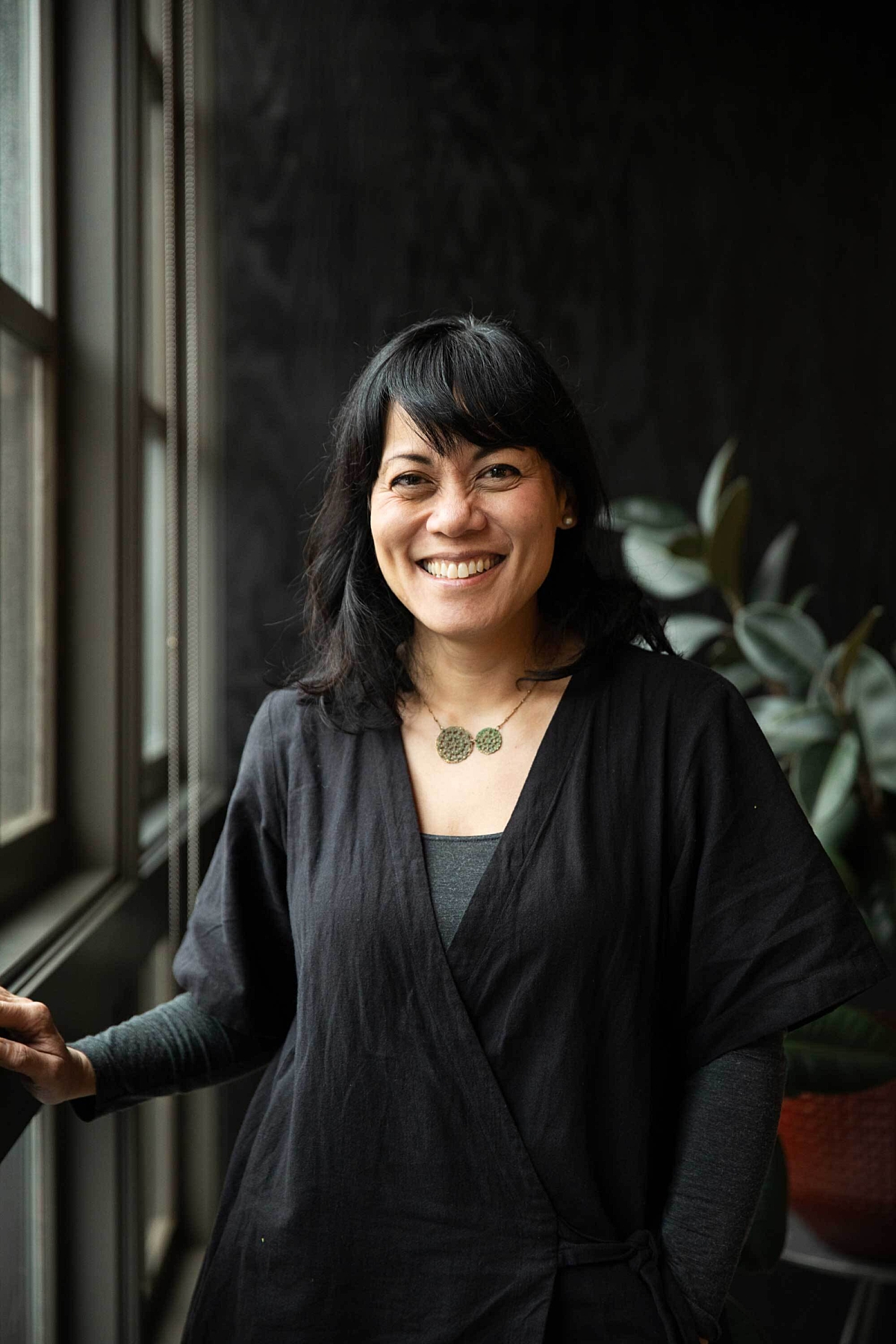Design Research
8 Principles for Equity-Centered Research

AUTHORED BY:
Sheryl Cababa, Chief Design Officer
You need to take an equity-centered approach to research, strategy and design. Yes, you.
When thinking about design research, oftentimes designers and researchers focus on just making the case for, and connecting with, end users. The perspective is that understanding people’s perspectives and contexts will better equip you, the designer, to design for them. This seems like, at best, a powerful perspective that centers end users, and at worst, an innocuous exercise that helps you make decisions.
However, it can, in fact, cause harm.
How, you might ask, could something that’s intended to elevate the perspective of the user, cause harm? The answer lies within the power dynamics that exist between the researcher and research participant. Particularly when design research leads to solutions that affect communities—especially those that are marginalized by current systems—research can be extractive, poorly interpreted, and traumatizing for participants.
Let’s take an example from education. For example, in our Balance the Equation Grand Challenge project with the Bill & Melinda Gates Foundation, we learned that students who are Black, Latine, dual-language learners, and from low-income backgrounds are disproportionately likely to miss out on prerequisite math knowledge that would set them up for college readiness. As design researchers, we wanted to better understand the experiences of these priority students. Now, a design researcher can conduct research to gain context and can do so in a way that is either empowering for students or harmful for them. In order to prevent harm, designers and researchers must take an equity-centered lens to how they conduct their research. According to Chicago Beyond, in their research guide Why Am I Always Being Researched?: “Right or wrong, research can drive decision-making. If we do not address the power dynamic in the creation of research, at best, we are generating partial truths to inform decision-making in the social impact space. At worst, we are generating inaccurate information that ultimately does more harm than good in our communities. This is why we care about how research is created.”
In this example, a harmful way of interacting with students—who might not only be from marginalized communities, but are also at the young age of 13 or 14—might be to interview them, sharing nothing about yourself as the researcher, asking them to rehash why they are, or have been, failing in their math classes, having them recount their worst experiences, and failing to share with them why you are interviewing them and what it’s meant to inform. A more empowering way of engaging with students would be to find ways for them to creatively express themselves, sharing aspects about yourself, allowing them to choose how they want to engage, surfacing their strengths, and collaborating with them through participatory activities that articulate to them their role in this process and what it will inform.
Essentially, engaging in equity-centered design research puts end beneficiaries, lived experts, and other key stakeholders at the core of research methods and emphasizes participatory design methods.
As designers it is our responsibility to place people at the forefront of our process, influencing what we design. As equity-centered designers, it is our additional responsibility to recognize the people we work with as lived experience experts that have an equal stake in the process and findings. This acknowledgment provides us with a basis to step beyond some of the key limitations of human-centered design.
Here are eight principles to keep in mind as you embark on your interviews that are the beginning of your equity-centered research journey.
- Build a Personal Connection
Prepare and set participant expectations for research and always follow up with a thank you. Share context about the research team to personalize who is fielding the research and why - Ease Uncertainty
Participants may not have done research before and could feel nervous or exposed. Be mindful of their experience when engaging with them and consider the power you as the researcher may have in your role with each participant - Engage With a Cultural Moderator
Ensure that someone on your team, whether a fellow researcher or community member, has a shared identity background as your participants, to lend context and representation in your work. - Invoke Participant Agency
Let participants know they have the choice to not answer questions, skip questions, take breaks at any time, and ask for clarification. Check-in throughout the interview and be mindful of body language. Pause and check-in if they seem hesitant or concerned. - Treat Participants as Experts
Ask participants questions on what advice they would give others, how they perceive other individuals in their peer group, and how they contextualize their own experiences. - Cultural Activities
Use pre-interview activities for participants to share stories in their own voice without curation. Provide choices to allow participants agency in selecting what activities resonate. - Avoid ‘Savior Language’
Specifically avoid phrases like ‘we want to understand you’ or ‘people like you’ which creates an us versus you dynamic. Consider if any questions are worded in a way that could cause unintentional harm or concern. - Center Participant Voices
Insert direct quotes and do not manipulate creative outputs when assembling participant profiles to keep their voice/experience authentic and direct. However, be mindful of their privacy and do not share personally identifiable information.
These eight principles are just the beginning of your equity journey (or an extension of the work you’ve already been doing!) After each round of research, it’s worth reflecting on your role as a researcher, the power dynamics you bring to the table, and the effect you have on the lived experts you are engaging throughout the process. As many folks engaged in disability activism have said: nothing for us without us. Thinking about research this way is a constant reminder that your job is to empower those whom your work will affect. And this is what takes you from being a design researcher to an equity-centered design researcher.
At Optimistic Design, as individual designers, we arrived at the organization with our own versions of Equity-Centered Design mindsets, processes, and tools. We continue to learn and develop the practice within our organization. Many of our approaches are heavily influenced by our individual, lived experiences as designers with intersecting marginalized identities as well as racial and social justice movements, abolition, systems thinking, social work, disability activism, etc. We look to practitioners like Antionette Carroll, Liz Jackson, and Sasha Constanza-Chock who continue to integrate traditional design education and practices. We have valued and learned from the work of Design Justice Network and the Equity Design Collaborative.
Want to learn more about our Equity-Centered Design work? Contact us.
Let’s Design the Future of Learning, Together


